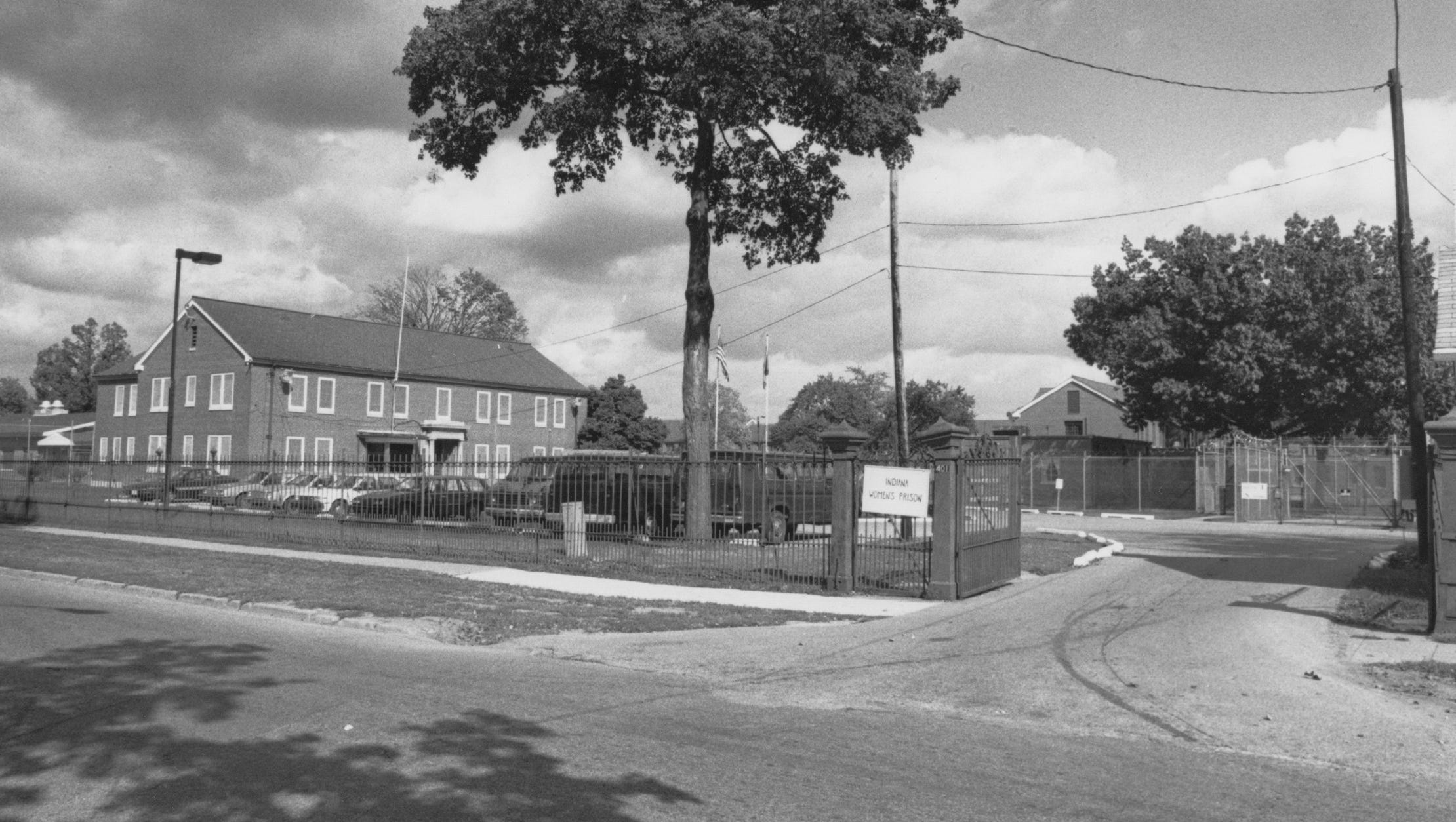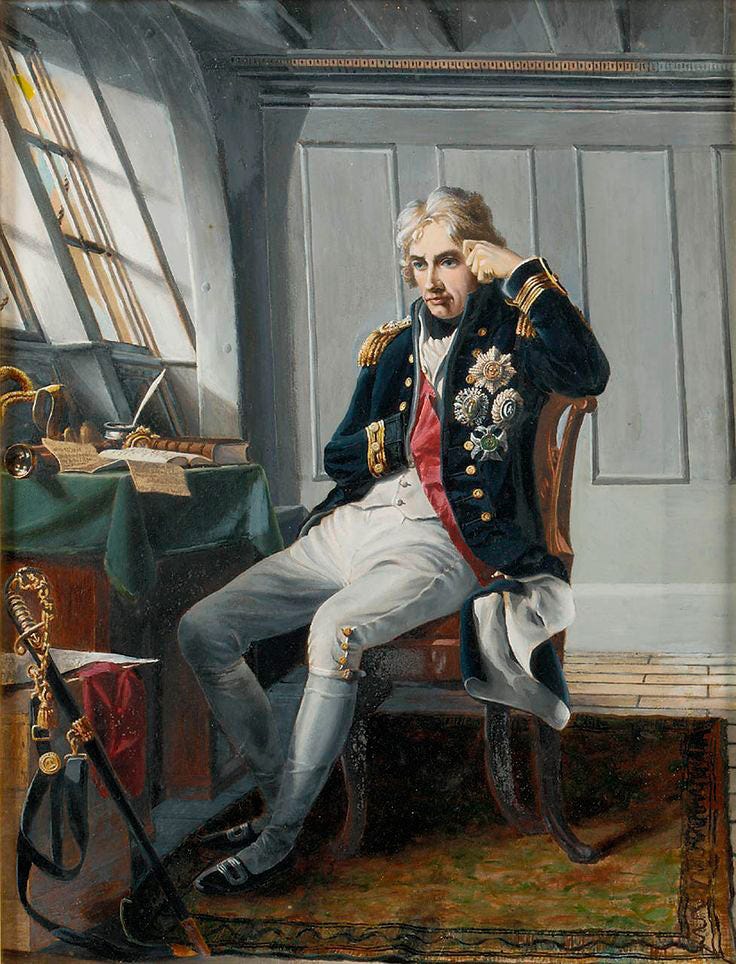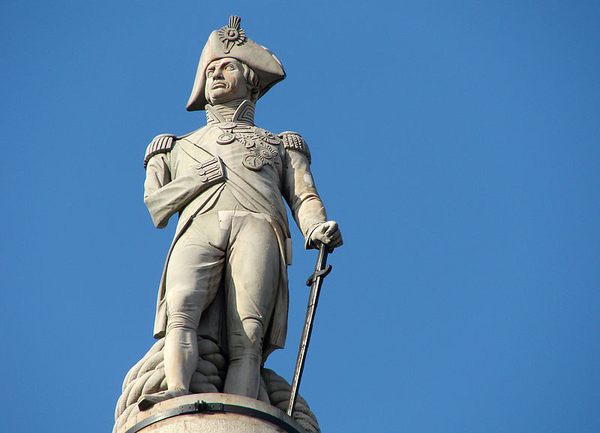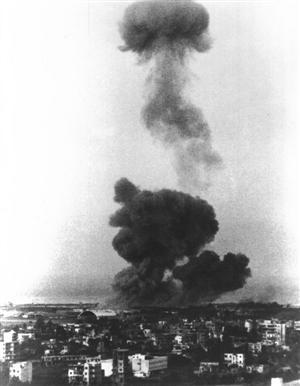lokie
Well-Known Member
The oldest women's prison in the country

The Indiana Reformatory Institution for Women and Girls
The institution had two distinct departments. The reformatory housed girls under the age of fifteen who were imprisoned because of “incorrigible or vicious conduct," while the penal section was used for the imprisonment, custody, and reformation of women and girls over the age of fifteen convicted of criminal offenses who had previously been sentenced to the State Prison South at Jeffersonville.
Seventeen manacled women from the Jeffersonville prison entered the facility October 8, 1873. Mass murderer Sallie Hubbard was the first inmate received. Hubbard and her husband John killed seven members of a Wabash, Indiana family. John was hanged in 1855. Sally had served 15 years of her life sentence in Jeffersonville before being transferred to the new women’s prison.
The Indianapolis Star noted Hubbard was welcomed by Superintendent Smith with a kiss on the forehead and her shackles removed. “She was escorted to a white room with curtains, a flowering plant, a Bible and a hymnbook” and noted, “Under this kindness, Sallie became a new creature, a trusted, devout and helpful prisoner.” Hubbard died three years later from tuberculosis contracted in Jeffersonville.
Prior to this Institution women convecits were subjected to less than desirable conditions.
More details can be found here


The Indiana Reformatory Institution for Women and Girls
The institution had two distinct departments. The reformatory housed girls under the age of fifteen who were imprisoned because of “incorrigible or vicious conduct," while the penal section was used for the imprisonment, custody, and reformation of women and girls over the age of fifteen convicted of criminal offenses who had previously been sentenced to the State Prison South at Jeffersonville.
Seventeen manacled women from the Jeffersonville prison entered the facility October 8, 1873. Mass murderer Sallie Hubbard was the first inmate received. Hubbard and her husband John killed seven members of a Wabash, Indiana family. John was hanged in 1855. Sally had served 15 years of her life sentence in Jeffersonville before being transferred to the new women’s prison.
The Indianapolis Star noted Hubbard was welcomed by Superintendent Smith with a kiss on the forehead and her shackles removed. “She was escorted to a white room with curtains, a flowering plant, a Bible and a hymnbook” and noted, “Under this kindness, Sallie became a new creature, a trusted, devout and helpful prisoner.” Hubbard died three years later from tuberculosis contracted in Jeffersonville.
Prior to this Institution women convecits were subjected to less than desirable conditions.
More details can be found here

How the oldest women's prison in the country came to be
The Indiana Women's Prison opened in Indianapolis in 1873 for better treatment of "fallen women"
www.indystar.com














